Youth plays a very important role in nation building. There’s indeed nothing that youth cannot do. One of the major public health crisis that we face throughout the country is that of open defecation. Open defecation is rampant everywhere. The term ‘Open defecation’ refers to the practice whereby people go out in fields, bushes, forests, open bodies of water, or other open spaces rather than using the toilet to defecate.
The practice of open defecation is rampant in India. The country is home to the world’s largest population who defecate in the open and excrete close to 65,000 tonnes of faeces into the environment each day.
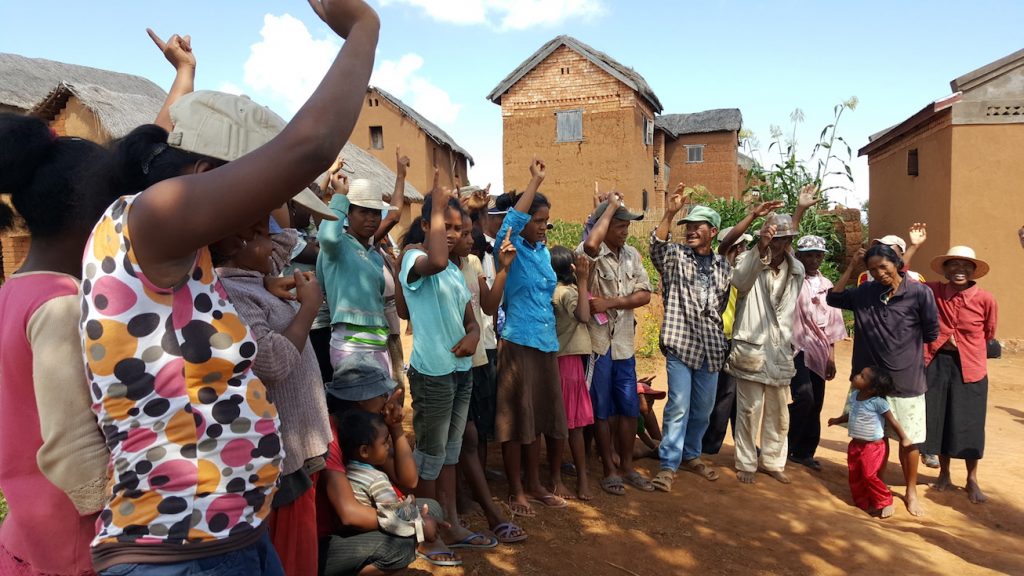
United in commitment to improve their toilets – Sanitation Ladder Triggering Itasy region – with Adema. Photo Credits: Kirsty Milward
Around 595 million people, which is nearly half the population of India, defecate in the open. India accounts for 90 per cent of the people in South Asia and 59 per cent of the 1.1 billion people in the world who practice open defecation.
There are even people who have toilets but doesn’t use them. They rather use them as warehouses, store rooms etc.
Youths nowadays are engaged into several activities. Some are a part of a club, while others are a part of some other organisations. Every youth should know the causes of open defecation and impact of it.
The most important thing that the youths should also know that unless the community themselves analyse the bad effects of open defecation it would be very difficult to eradicate the same. Once they are aware of the fact, they would build their own toilets by any means.

Youths can easily mingle with the communities. They can easily make friends. It’s a fact that youth can bring change. They can play a very essential role in eradicating open defecation. They are learning new things and the learning could be applied in their efforts for creating awareness and behaviour change in the community. They can organise events or projects, which would show the bad effects of open defecation. Youths can join hands with any Rotary or Rotaract clubs or any NGOs in their cities to execute such projects.
Nukkad Nataks (Street Theatres) have been always very fascinating for kids and youth; and public in general. Youths can organise ‘Nukkad Nataks’ which would create awareness against open defecation. People in the community will come to know about its bad effects and that it causes deadly faecal contaminated diseases like diarrhoea, Cholera etc. Researchers have estimated that there are 1.4 to 4.3 million cases, and 28 000 to 142 000 deaths worldwide1 due to cholera every year.

They can also organise plays or drama, which would showcase the basic hygiene behaviour and as well as the advantages of eradicating open defecation.
Social Media like Facebook, Twitter, Blogs and LinkedIn etc are immensely popular and useful platforms. Youths are globally connected through one or other platforms. Youth have the most control on these platforms and are driving conversations and creating trends. Posts on the bad effects of Open Defecation or posts on basic sanitation can create a bigger awareness worldwide. Youths can target journalists who can easily highlight the matter through their respective newspapers or television channels. They can easily show the areas affected due to Open defecation and create awareness amongst the people for behaviour change.

A documentary film would be more effective for the awareness. They can also show the path of shit from its origin to the mouth resulting in deadly diseases. Most youths are also into photography. They can produce montages which would tell a story on the bad effects of Open Defecation (OD) and how it severely affects people’s lives and create awareness on behaviour change.
A case in point is Kalyani in Nadia district of West Bengal. Kalyani is a planned township which was declared as the first Open Defecation Free (ODF) Township in India in 2009. This was all possible due the active participation of the community in the slums of Kalyani. Youths played an important role during the process of triggering. They went to each slums, demonstrated the ill effects of open defecation. They even organised a play where they showed, how alcohol consumption, open defecation and illiteracy can cause harm to people’s lives.
These activities can surely bring change in people’s lives. Behaviour change is a constant process and the role of community led total sanitation becomes all the more important while trying to bring about a wholesome change in community outlook towards the ill effects of open defecation.
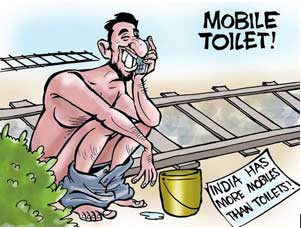
It is mentioned earlier that India is the home of maximum open defecators. But the question is why? Is it really that the Indian citizen are poor, they cannot afford a toilet or is that the habit of the community which makes them to defecate in the open? Or is it some lack in literacy or self analysis? The reasons can vary. The community is still not aware of the fact that how open defecation can cause harm to themselves. It can even take a person’s life.
There have been many campaigns by the government. They are providing the community with toilets so that they could use them and eradicate OD. But they have failed. Open defecation is still being practiced. In the many parts of India, it has been found that, people are defecating in the open, be it bushes, river bank or meadows. There are many people who defecate near to the river bank, which in result pollutes the water bodies, causing diseases. This open defecation has come as a curse on the people. Villages or slums, practicing open defecation have met many epidemics. People litter all around making the places dirty and unhygienic. While walking along the road, shits are found all over the area.
But why is it so? Why is India still defecating in the open?
The community can only eradicate open defecation, when they would start analyzing the bad effects of OD by themselves. This is not a very easy process. The collective behavior change is the main thing that has to be brought out. There has to be a collective work amongst the community to bring the change.
Once the people are aware of the fact that how OD can cause harm to people they would build a toilet or any means to stop OD. If a person build his own his toilet by his own investment, he would automatically develop an ownership on that toilet which would make him to use it and help in eradicating OD.
If a child, who has just started to learn to use a computer, is provided with high technology laptop, will he be able use it in the way it is to be used? The obvious answer will be No. So in the same way, if the communities those who are used to open defecation are provided with good toilets, they won’t understand the actual use of it which would result in using the toilets in some other purpose.
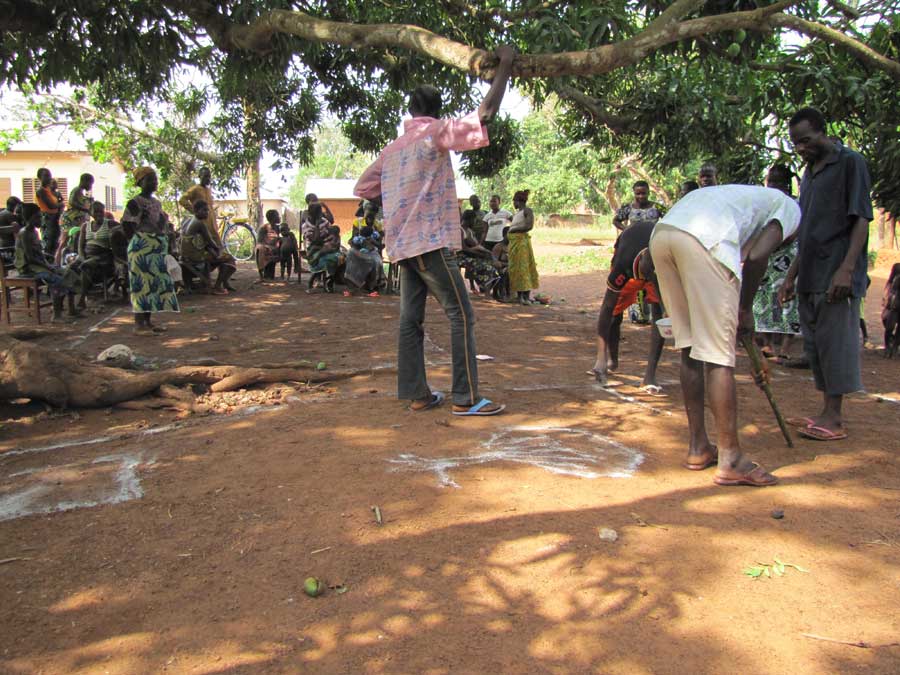
The government invests millions of dollar on improving the sanitation condition. But, what’s the point, if the toilets are not being used? Instead of investing such a big amount of money on the toilets, the government should invest a small amount on the behavior change.
CLTS (Community Led Total Sanitation) approach, by Dr. Kamal Kar, uses the PRA (Participatory Rural Appraisal) method to make the local communities analyze their own sanitation conditions and collectively internalize the terrible impact of OD on their health and on the entire neighborhood. When triggered systematically and combined with ‘No-upfront Hardware Subsidy’ policy and a hands-off approach by the facilitator, CLTS could provoke urgent collective local action to become totally open defecation free.
When the community understands the disadvantages of Open Defecation, they come up with their own ideas to make a toilet. They make their toilets with available resources. They do not wait for any subsidy. They started with a pit latrine with a superstructure made of bamboos and palm leaves. There are even many families who are saving their money from their income to build a good toilet of their own. Once the behavior or rather the collective behavior changes occur, the subsidized toilets will be used. But first let the child have the basic computer knowledge.
But making a part of a village or a slum free from open defecation cannot be stated as an ODF village. Out of 100 people if 20 are defecating outside, the place is practicing open defecation. So the word ‘Total Sanitation’ comes in the count. The place or whole district has to stop open defecation, to maintain a healthy community. For one reason, a fly can travel upto 6 km. Transfer of diseases are mostly possible if ‘Total Sanitation’ does not work. Once a house starts building their own toilet, it’s an automatic reaction for the other people to build one in their houses. The community’s follows the “Seeing is believing” process.
So the word CLTS states ‘Community Led Total Sanitation’. This says that the district or the villages can be made ODF by the community themselves. The community people works together to fight against Open defecation and make the whole area ODF. The community people sings song, organizes dramas, and interesting programmes to spread awareness against Open Defecation.
Now there are more than 65 countries where CLTS has been implemented, and most of all these countries has stopped defecating in the open, and started living a healthy life.

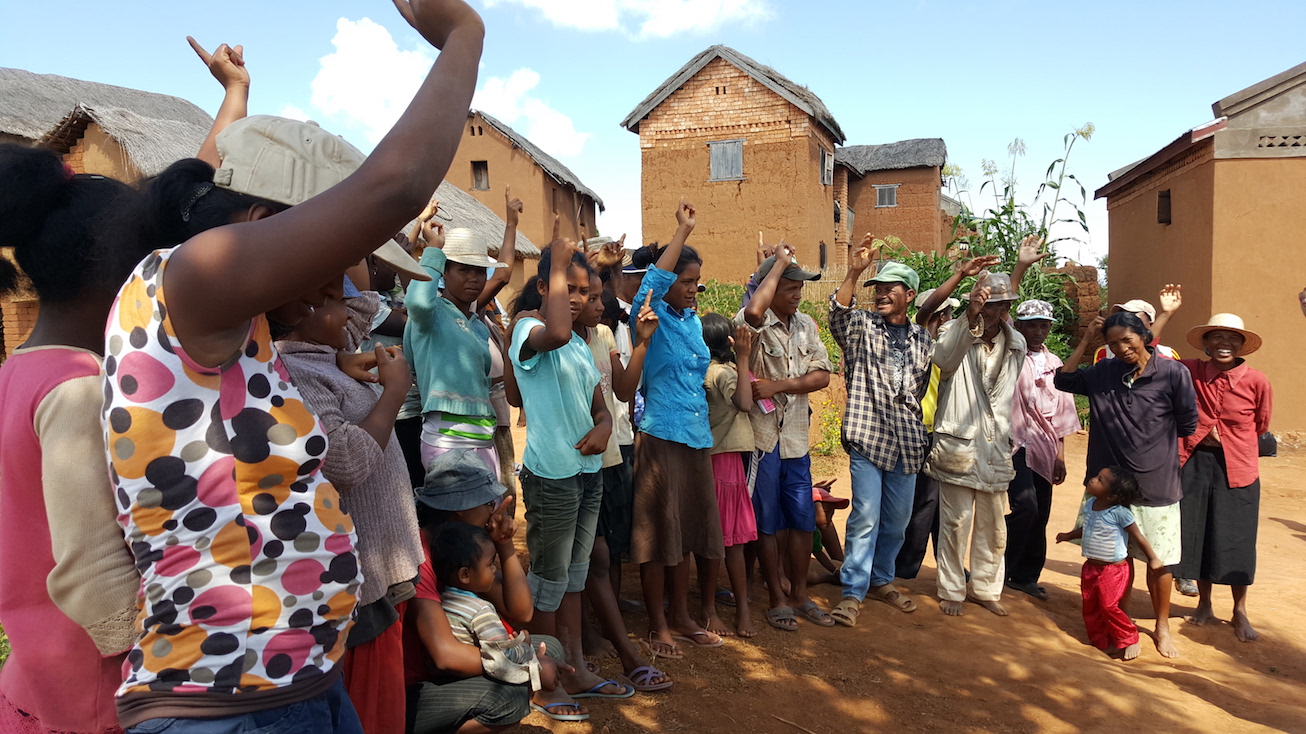
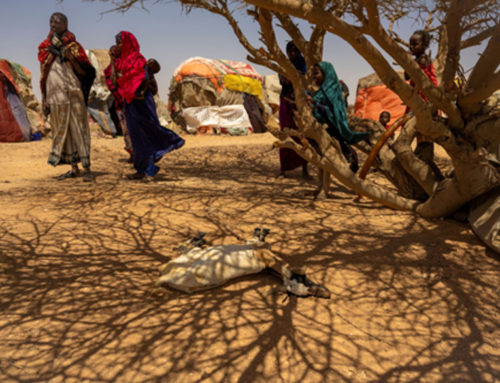


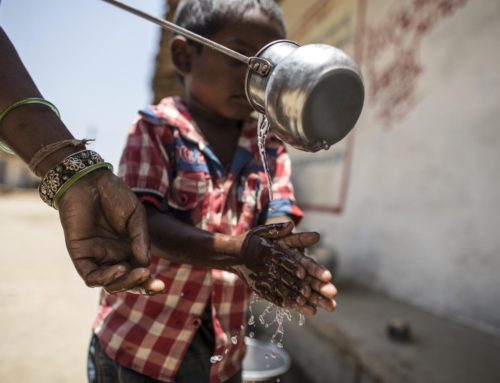
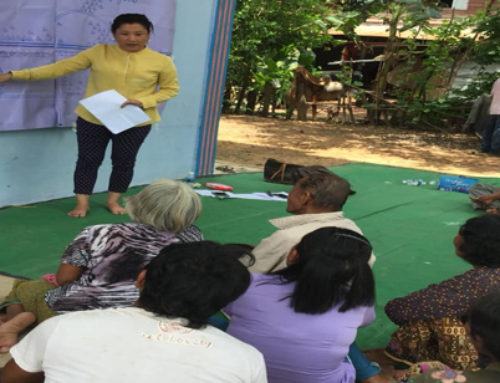
Leave A Comment